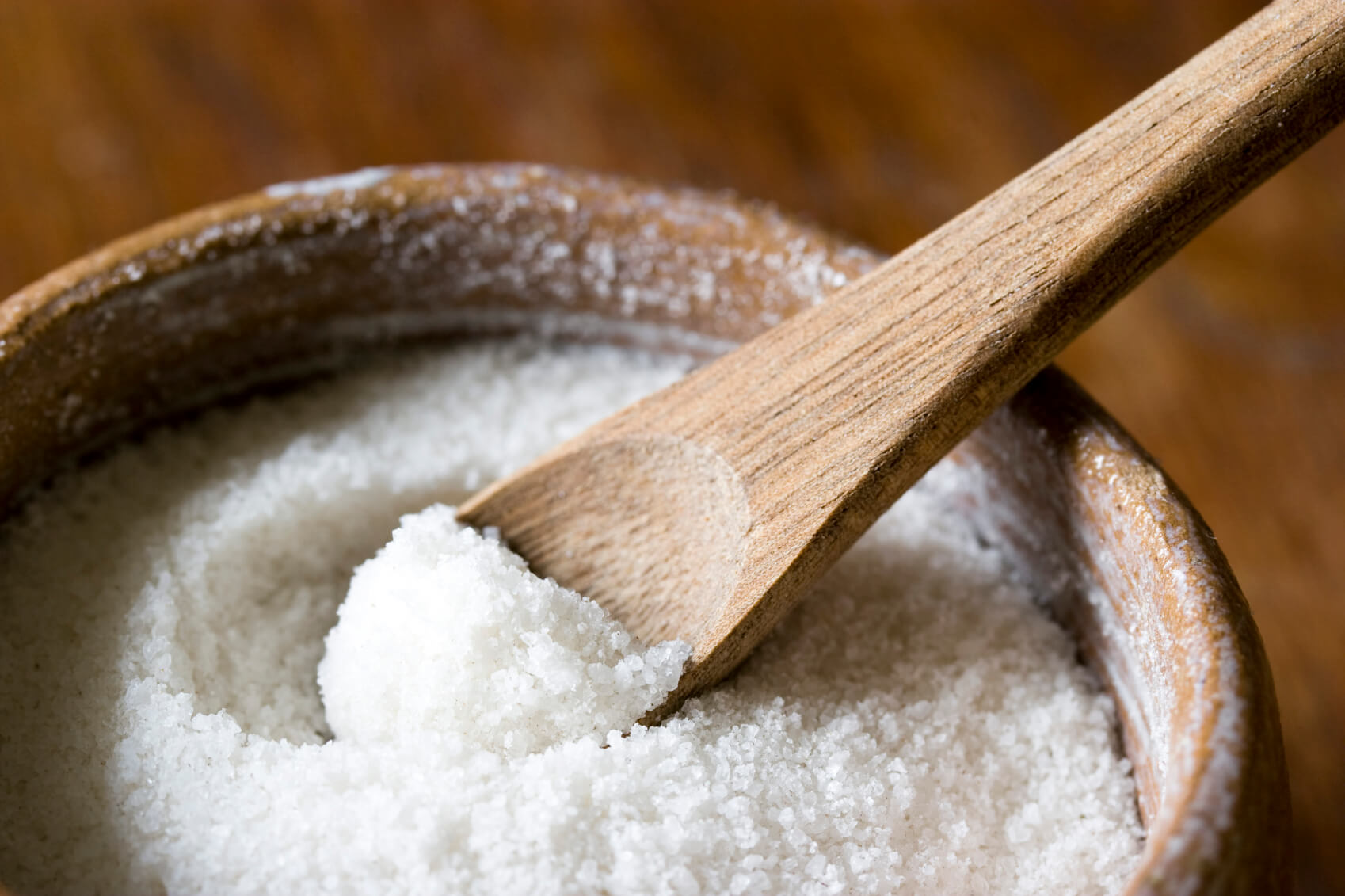Salt, otherwise known as Sodium Chloride (NaCl), is like no other substance we eat. A basic inorganic mineral found in oceans and rocks, an essential nutrient our bodies can’t live without.
The word itself, in most European Languages (Italian – sale, French – sel, Spanish – sal, German –selz), comes from a single Indo-European root. In English many words such as ‘salary’, ‘sauce’, ‘salad’, ‘sausage’ are rooted and correlated to the word salt. In each of these words lies a reason for the correlation: before the invention of refrigerators there were some natural techniques for preserving food such as fermenting, drying, smoking, and salting.Thus the importance of such a compound in ancient times, for instance during the Roman Empire when soldiers were payed with ratios of salt – hence the word salary. Many artisanal foods still use salt as a natural preservative today: just think of all the cured meats, pickles or salami (again, a word rooted to “salt”). Salt is also a taste enhancer and modifier: it strengthens the impression of aromas in food and suppresses bitterness.

Roughly 50% of the salt worldwide comes from the oceans while the other half from mines: in the USA for example 95% of the production is mine derived. Since Italy is a peninsula surrounded by the Mediterranean Sea, here most salts are sea derived instead. The most renowned salt production plants are based in Trapani, Sicily and in Cervia, Emilia Romagna.

As consumers we don’t spend lots of time selecting the salt for our everyday use and tend to take for granted that all salts are the same. Artisanal salt production from seabeds is very expensive and labour intensive. Sea water is drawn into large shallow basins and left to evaporate in the sun. No chemical process is involved, it’s just a question of time, sea, sun and wind. The salt is then harvested manually, raked under the boiling sun. This is why globally most salt is produced through artificial, industrialised evaporation, often undergoing refinement at over 600°C. The final product is then sold as table salt, used in industrial manufacturing as well as during winter for de-icing of roads. Unsurprisingly, during this process most of the natural nutrients are lost. Depending on how the salt has been extracted the percentage of sodium chloride varies from 98% to 99.7%. Standard table salt is often supplemented with preservatives, an average 2% of its total weight. Natural sea salt, on the other hand, contains 2% of magnesium, potassium, iron, calcium and many other minerals in smaller quantities. Iodine is naturally present, not added as is the case with Iodised salt.

Natural sea salt tends to be milder and somehow sweeter than its industrial relative and slight differences in taste depend on where it has been harvested. Try out different natural sea salts in your recipes, and see if you can spot the subtle differences!